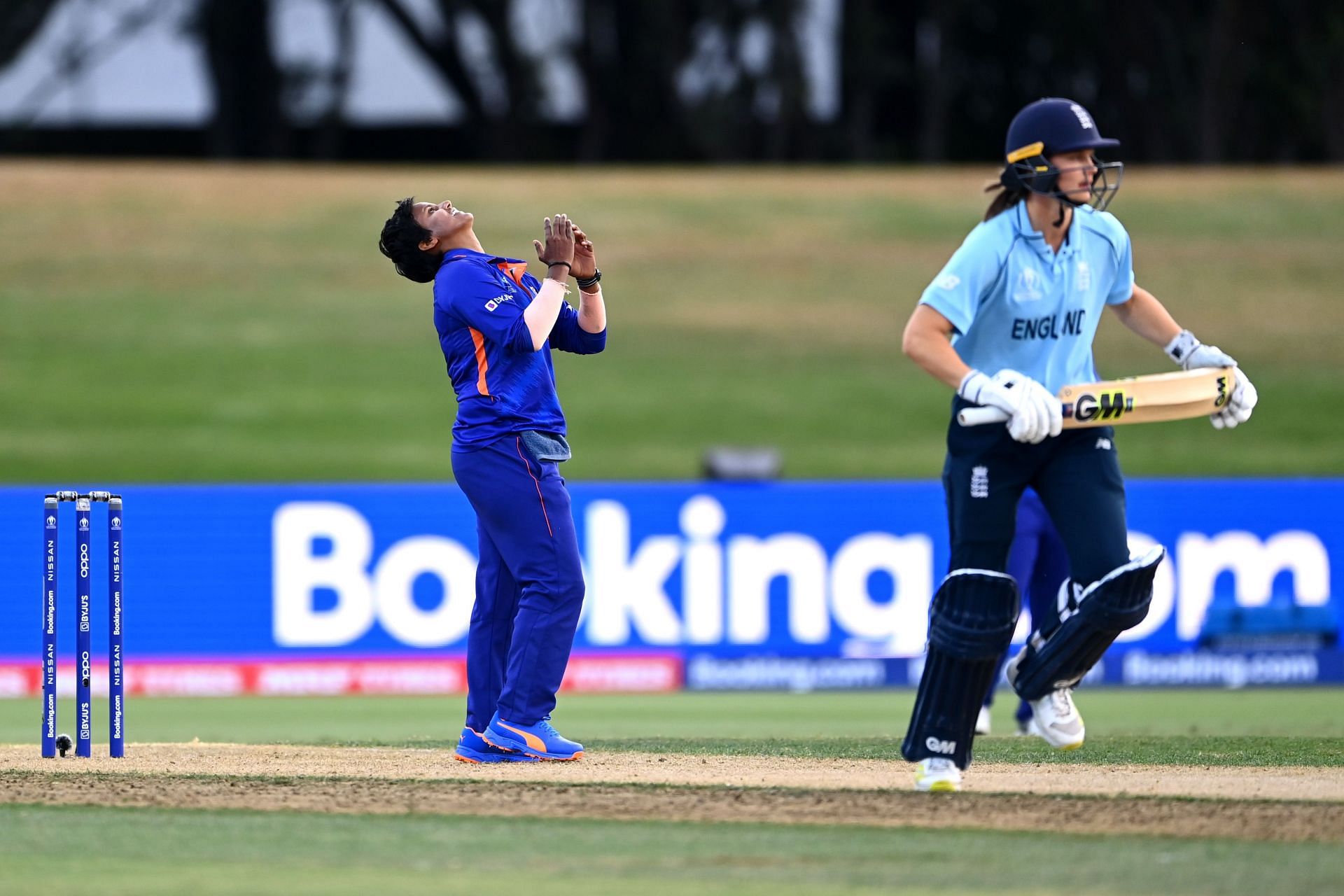
ICC Women's World Cup: 5 issues for India to sort out for remainder of the tournament
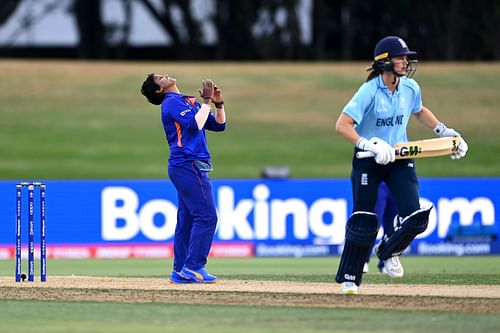
Two wins, accompanied by two heavy losses, have meant an inconsistent first half of the campaign for the Indian Women's Cricket Team in the ICC Women's World Cup 2022. The Women in Blue will have to resolve a few troubling issues to turn their fortunes around at the business end of the tournament.
In their last match, against defending champions England, the team suffered a batting collapse that prevented them from putting up a decent score. However, the bowlers still managed to make a match out of it. Still, England got home with four wickets in hand.
If the Indian team has to turn around its stuttering campaign and repeat, if not better, its performance from the last edition of the Women's World Cup, they will have to resolve five outstanding issues.
Let's take a look at these five issues closely.
1. The opening partnership
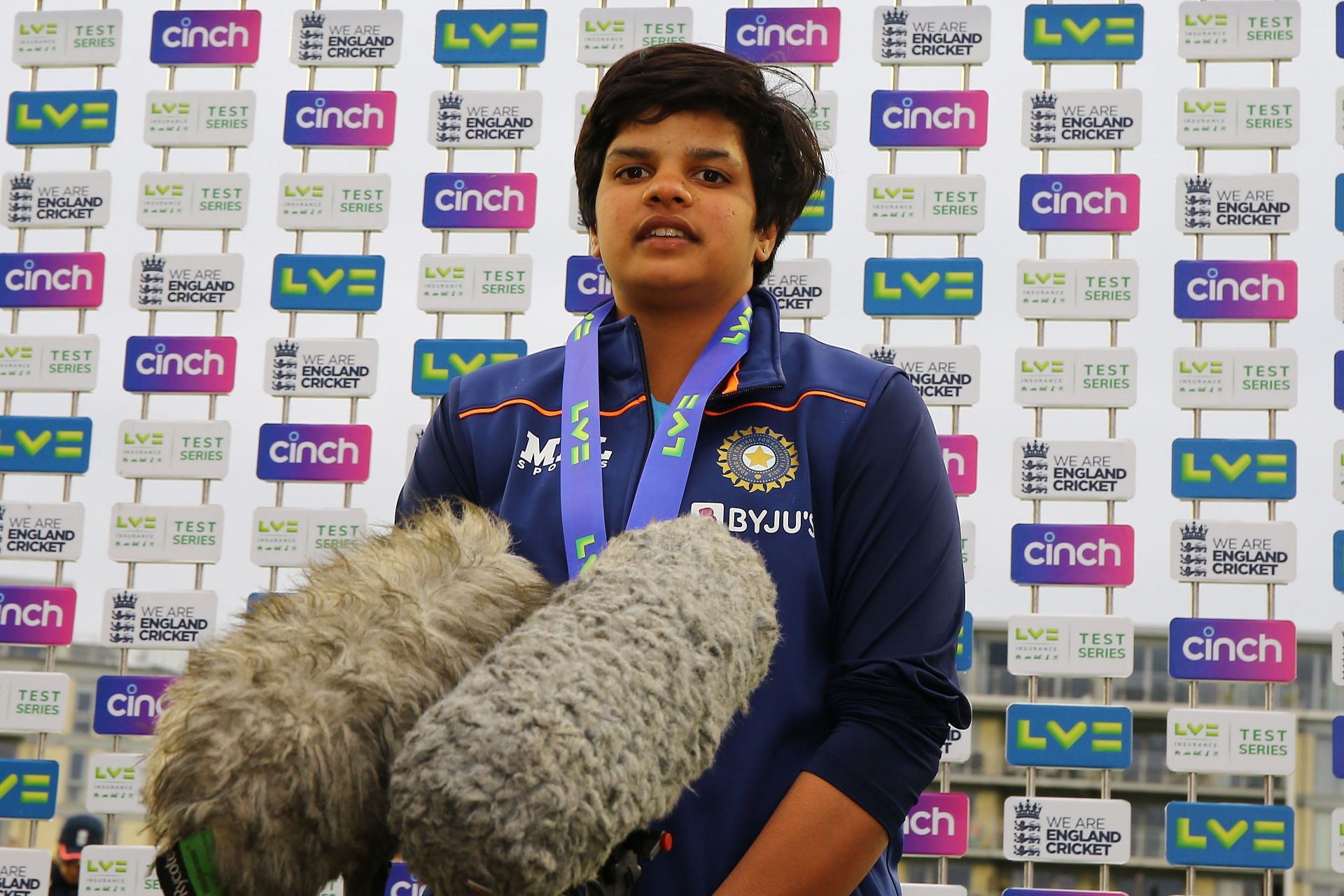
The Indian team rely heavily on a fast start from their openers, which in turn allows the middle order to take their time consolidating without letting the pressure to build.
In three out of the four matches at the Women's World Cup so far, the opening combination hasn’t delivered and the batting order has crumbled after that. The only exception was against the West Indies, where India went on to post a total of 317.
Nasser Hussain suggested on commentary that India should consider bringing Shafali Verma back in, as she can deliver the kind of "exceptional" performance that is needed to defeat Australia.
Shafali has a good recent record against the Aussies, and along with Smriti Mandhana, provided an aggressive start on multiple occasions in the bilateral series Down Under last year.
That would mean replacing Yastika Bhatia, who has been fairly consistent since making her debut in that series against Australia. She demonstrated her abilities against the West Indies, and was destructive with the pull shot.
But the England bowling unit was aware of this, and didn’t give her the opportunity to get the pull shot going. She ultimately got an inside edge onto the stumps while trying to force a drive.
Clearly, Nasser Hussain's suggestion is not without its merits.
2. Does Deepti Sharma stay in?
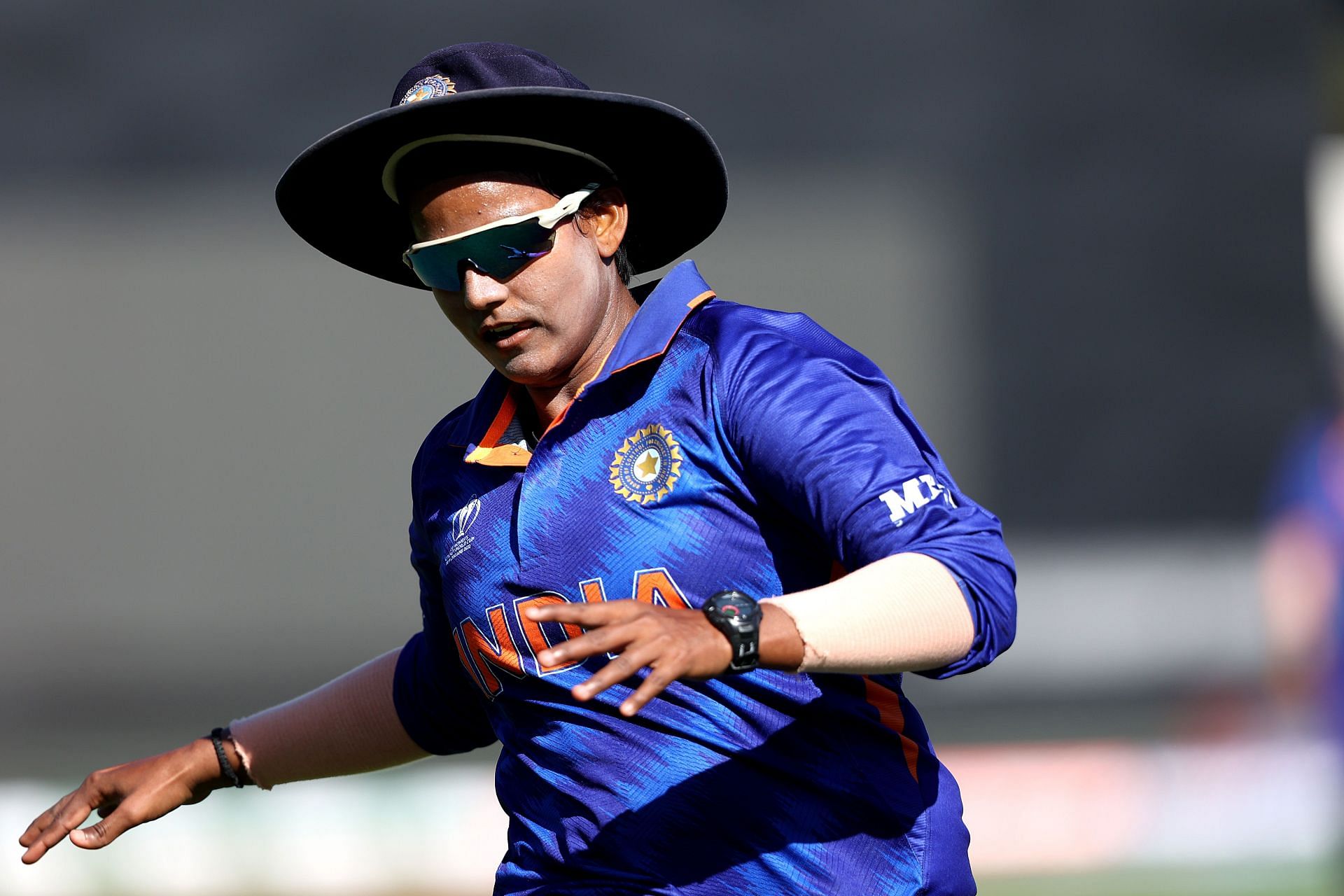
If Yastika is to be pushed lower down the order, someone would have to make way and the prime candidate right now is Deepti Sharma. It would have been a surprise to even consider this at the start of the tournament, given Sharma has been able to establish herself as a genuine all-rounder in the team.
However, the team management hasn’t done her any favours by pushing her up and down the batting order and exposing her weaknesses rather ruthlessly.
She was the only member of the bowling unit who played all five matches in the series against New Zealand before the Women's World Cup, picking up 10 wickets with a better average (24.7) than any of her teammates.
However, at the Women's World Cup itself, she has been the worst performing bowler so far, with only two wickets at an average of 60 to her name. Her batting has also not been up to the mark, despite coming out to bat at No. 3 or 4, as she has only managed 60 runs with a strike rate of 59.4.
Given that the other all-rounders in Sneh Rana and Pooja Vastrakar have been contributing far more with both bat and ball, it would be logical to drop Deepti going into the next match. Bringing in Yastika would leave the team short of one bowling option, however.
3. Sort out batting strategy in Women's World Cup
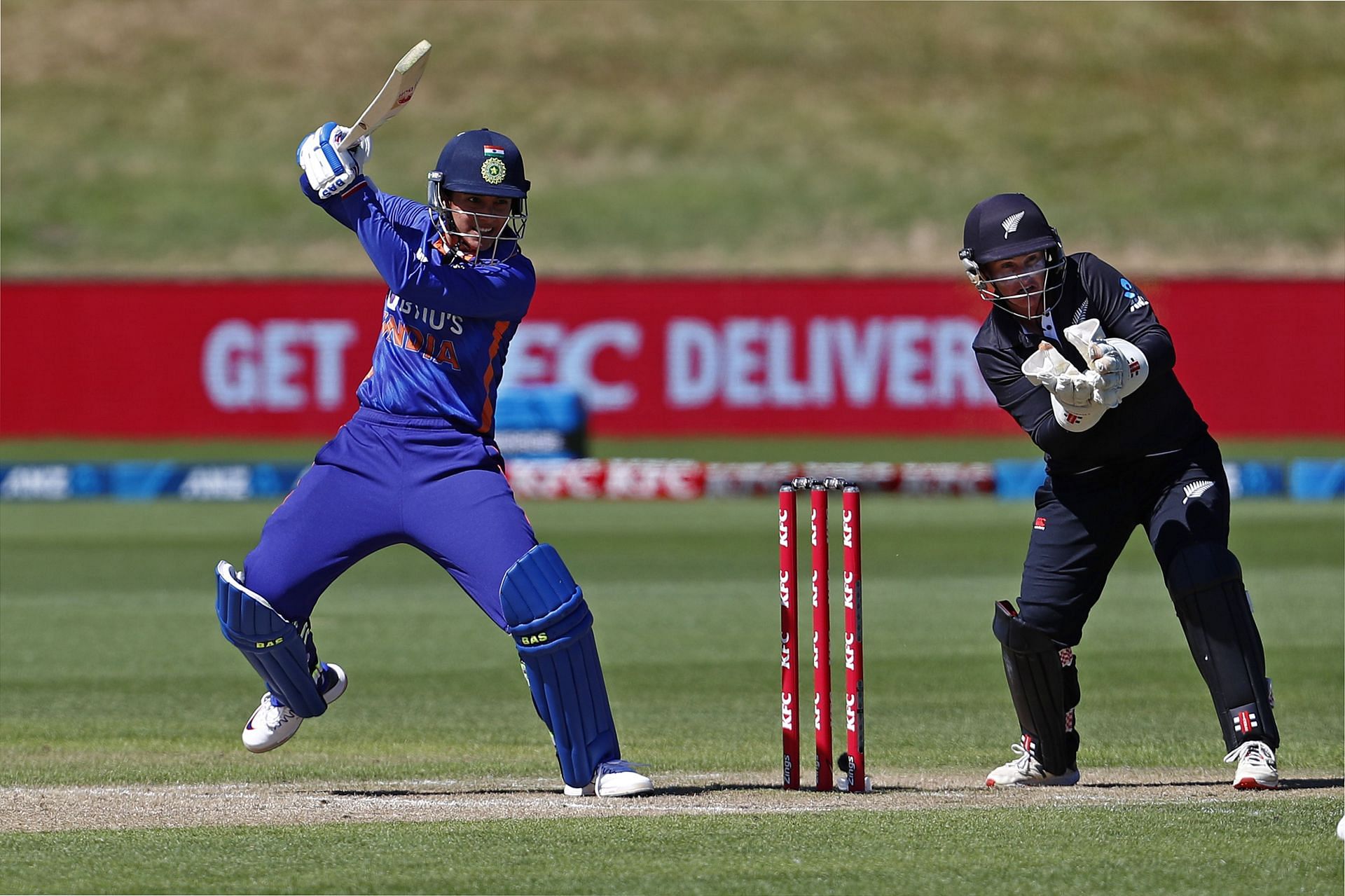
Coming into the Women's World Cup, many would have considered batting to be India’s strength and thus, the form of the bowling unit has come as a pleasant surprise.
The emergence of Vastrakar and Meghna Singh as wicket-taking options, supporting Jhulan Goswami in the pace attack, has been a particularly pleasing development for the team. They will need to come good against an all-star Australian batting line-up as well to give India a chance.
But it is the batting that contains multiple superstars, and it has the ability to get big scores and win matches for India. They’ve had a tough time in three out of the four matches in the tournament so far.
But, in recent times, they have shown what they are capable of. They managed 250+ scores in three out of the four ODIs against New Zealand that were not rain-affected. Against Australia last September, they scored 274 and 266, the latter of which was in the only ODI Australia lost in the cycle from the last World Cup in 2017 to the current edition of the event.
In Smriti Mandhana, Shafali Verma, Mithali Raj, and Harmanpreet Kaur, India have match-winners who are a threat to any opposition. Given India’s recent record, it is difficult to decipher whether this team prefers chasing or batting first.
But one thing remains clear – India’s batters must be given the confidence to go out and play freely without the fear of failure. If the team management can achieve that, it might just unlock a winning formula for the team.
4. Does Poonam Yadav come in?
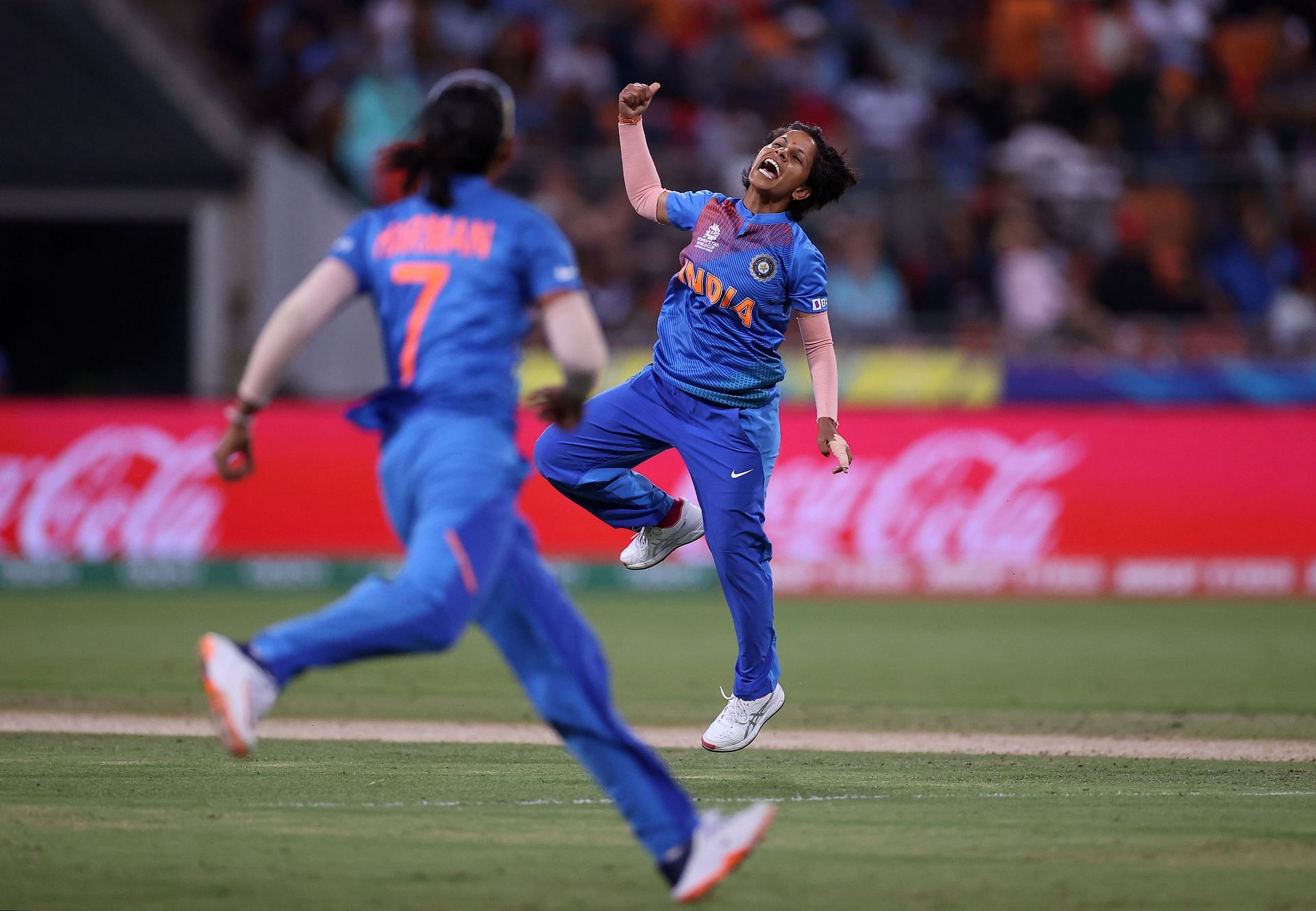
The last time India faced Australia in a Women's World Cup group stage match, Poonam Yadav bamboozled the Australian batting order with figures of 4/19, including the wickets of Alyssa Healy, Rachael Haynes, and Ellyse Perry.
It was in the T20 World Cup held in Australia in 2020 and Yadav was the Player of the Match as India bundled out Australia for just 115.
Admittedly, the wily leggie hasn’t had as much success after that performance and has found herself in and out of the team. But if there is an X-factor that India have, it’s Poonam Yadav.
India haven’t had that much success in picking up wickets in the middle overs recently as opposing batters have found it relatively comfortable to navigate the spin attack. It could be a gamble worth taking to bring in Yadav, especially for the game against Australia to test their level of comfort against her.
It would be a big call though, as none of the current bowling unit deserve to be dropped and India wouldn’t want to weaken their batting line-up by taking out an all-rounder to make this change. The team management might decide to back Rajeshwari Gayakwad to continue as the frontline spinner.
5. Get the Approach Right
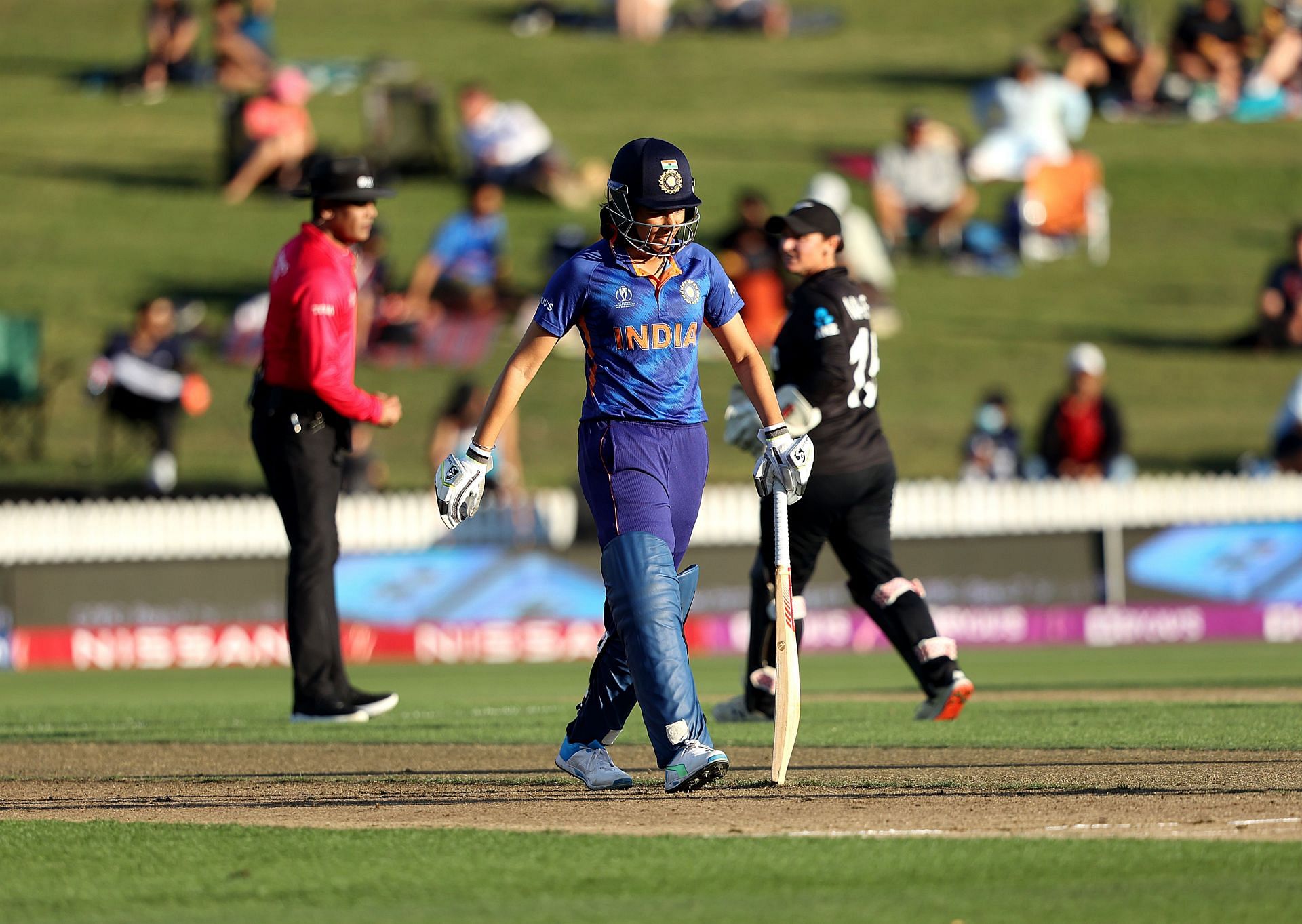
Despite two heavy defeats against their direct rivals for a semi-final spot in New Zealand and England, the open nature of this tournament means that India are still in with a good chance of qualifying for the knockout stage.
A big win of their own against West Indies means that they still have a decent net run rate (NRR), with three matches to go. India also have the benefit of playing last in the group stage.
So, if it does come down to NRR, which is likely to be the case, they will know what they have to do going into that game against South Africa, which will almost definitely be a must-win.
Before that, they play against Bangladesh as well, whom they will expect to beat. Up next, however, are Australia, who are widely expected to go unbeaten and are heavy favourites to clinch the title. Given the tournament situation, India need to go into this game with extreme caution.
Despite the fact that India are the only ones to have beaten Australia in the recent past, they must be wary that a heavy defeat, as was suffered by West Indies and New Zealand against the Aussies, will severely dent their chances of qualifying.
Therefore, the NRR should be in the minds of the team management and they must be ready to change their approach mid-game, if needed, to try and avoid a heavy defeat in the upcoming matches of the Women's World Cup.